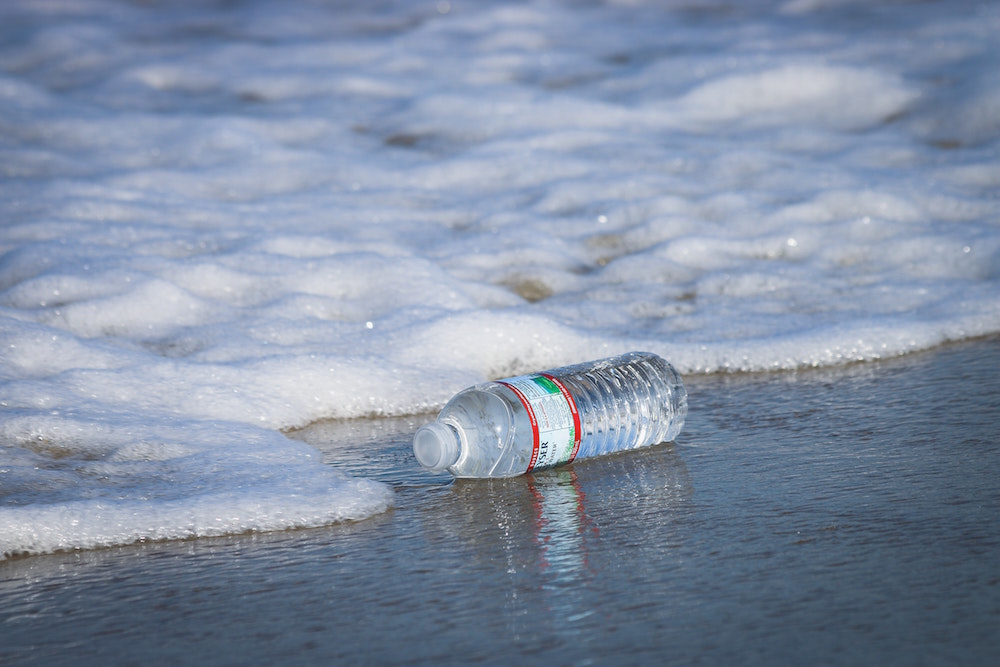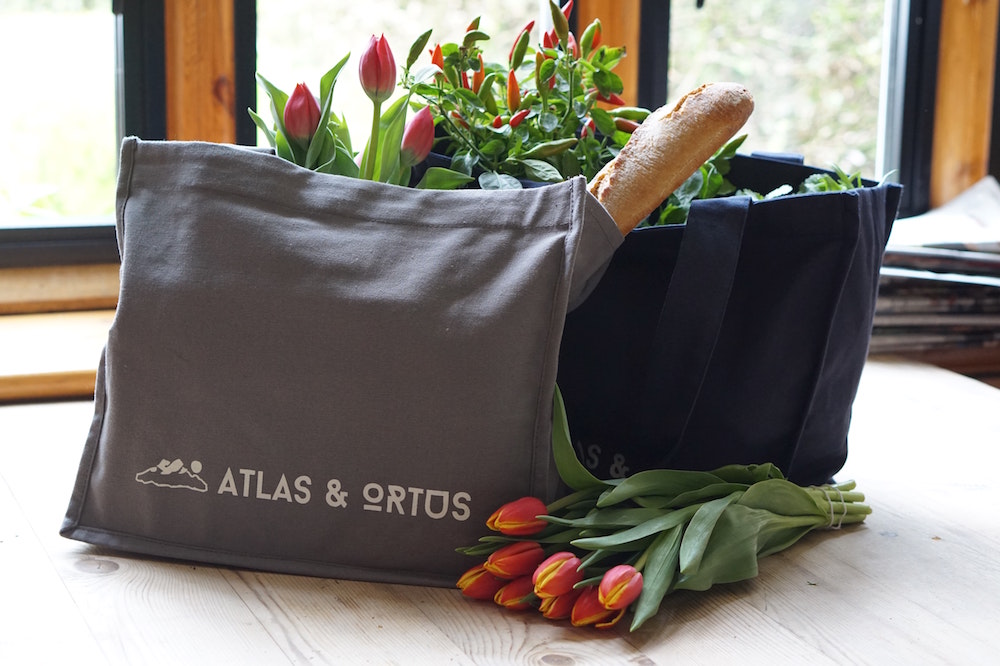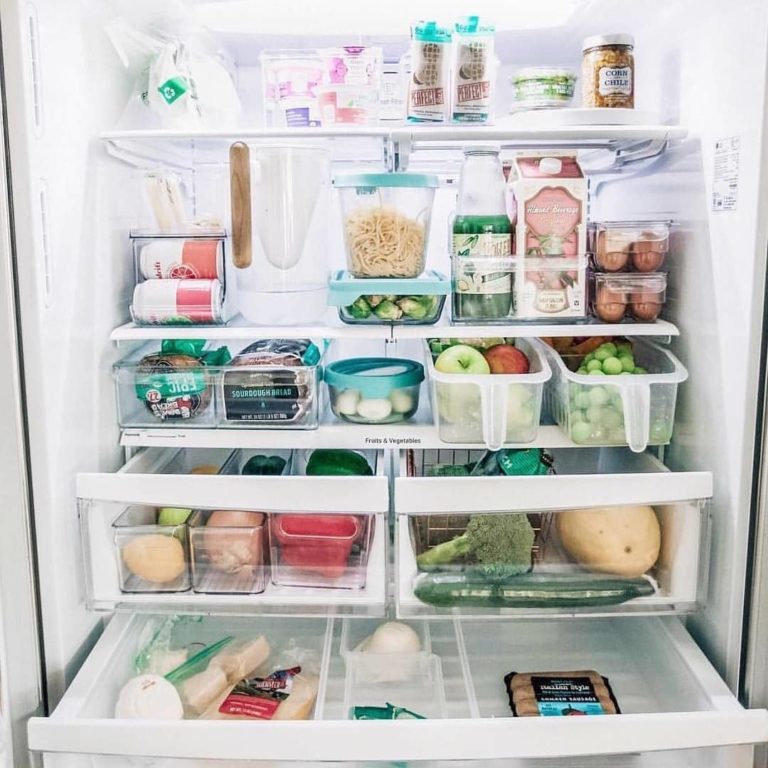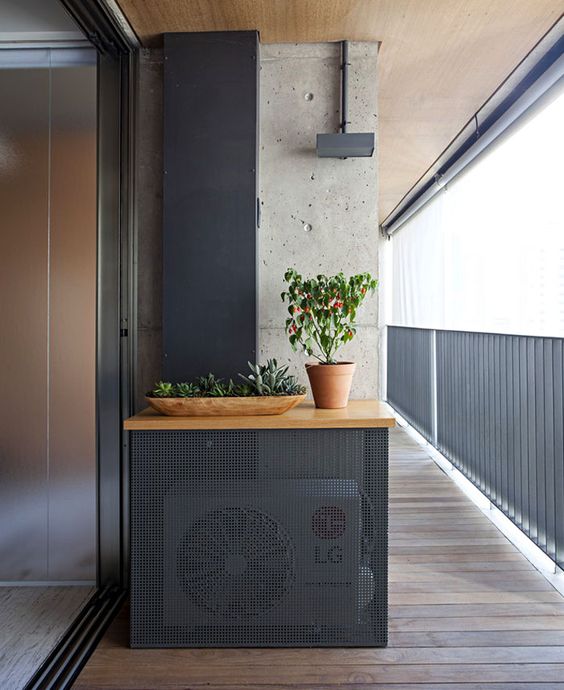The Impact of Single Use Plastic and How Can You Quit Them
4 Simple Ways to Solving the Global Plastic Problem
Can you imagine a world without plastic? Everything would have been made from natural materials like clay, wood, ivory, metal, or stone.
These types of raw materials are natural, but can nature keep up with the demands of a growing population?
Ever since the invention of the synthetic polymer in the 19th century, it had shaped how we make, use, and package things. We stopped relying solely on nature for our needs.
Plastic is sturdy, lightweight, and easily manufactured. It is pliable which allows us to make many things of various uses out of it. And it is cheap to produce, too!
No wonder, thousands of things being sold are packaged in it. Vehicles have been designed with plastic parts to become more lightweight without sacrificing durability.
While there are many pros in using it, plastic poses a major consequence.
Why is plastic a problem?
The problem is that it takes centuries to degrade it. Unfortunately, the rate at which it is being produced and thrown away exceeds the rate at which it degrades significantly.
According to data in 2010, there are 270 million tons of plastic produced each year. And the resulting waste is even more than that at 275 million tons, possibly because of the accumulated ones from previous years. Roughly 8 million tons of that will go to the ocean.
While some kinds can be recycled, more will end up in landfills. At this rate, we will soon be left with little land to cultivate and live on if much of it will be turned into landfills.
Extinction of different species of plants and animals is also possible. Sea turtles and seabirds have been eating floating plastic bags mistaking them for food.

Who knows, we could be eating microplastics without realizing it! It poses health hazards not just for the animals, but for humans, too.
Each of us can still contribute to solving this global problem.
How can we stop plastic pollution?
One step in stopping plastic pollution is by saying no to single-use plastics. These are ones that can no longer serve another purpose. Hence, we discard them right away.
Those glitters on your nail polish and that disposable straw that came with your drink are some examples.
Using something more than once postpones the need for a new one. And it helps slow down the rate at which we demand and buy new synthetic things. It helps buy time for nature to recover.
It will not happen overnight but if everybody participates, then, stopping this global problem is highly possible.
What are the ways to avoid single-use plastic?
Going for a zero-waste lifestyle is a good start. It does not mean that you will avoid plastic altogether.
But the goal is to reduce the waste that you generate by avoiding single-use ones as much as possible.
It teaches you to become critical of what you use and purchase if it will be something that you can use long-term and multiple times.
Here are simple but impactful ways on how you can reduce your plastic waste.
-
Use reusable bags when shopping.
On average, we use a plastic bag for carrying things for only 12 minutes. Yet, it will take hundreds of years to decompose and it simply is not logical.
Reuse the plastic bags that you already have and stop acquiring more. Since these will tend to tear and break, it is still advisable to use sturdier ones that you can use and reuse plenty of times over.
Reusing your cloth or mesh shopping bag will save heaps of disposable ones from reaching the landfills.
-
Buy in bulk.
If your storage space and budget permit, buy things in wholesale or those in bigger packages.
With this, you will have bigger containers that are most likely reusable rather than throw away many smaller retail packaging that use more plastic combined.
Or, go to stores that will let you use your own container to buy a small portion from their bulk items.
-
Choose biodegradable and natural counterparts.
Can you believe that toothbrushes account for 50 million pounds of plastic waste per year? Technically, you use your toothbrush more than once, so it is not for single use only.
But for something that you need to replace often, choose a biodegradable version like those made with bamboo.
The same applies to drinking straws. Go for something that is made to last like metal or glass.
When shopping for food, for example, choose those stored in jars or sturdy canisters made of glass or metal. These kinds of containers can be reused and recycled later.
-
Choose reusable items.
Bring your own reusable water tumbler when you can instead of buying those in disposable bottles.
Use washable menstrual pads or cups when you can. If you have a baby, check if you can use washable cloth diapers instead.
The other reusable product that is very useful in everyday life is a LastTissue reusable tissue pack which is a mix of single-use tissue packs and a handkerchief. With one LastTissue pack, you will save the planet from more than 2800 single-use tissues.
The Bottomline
Plastic itself is not harmful as its invention paved the way for many other things. But the irresponsible use of plastic harms our only planet.
Do your share in protecting it by following the tips enumerated above on how to avoid the use of single-use plastics.








